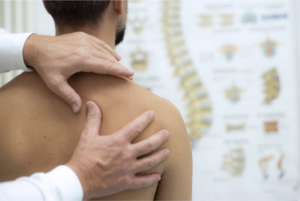
- Home
- / Applied Kinesiology
ABOUT US
What is
Applied Kinesiology?
Licensed healthcare professionals use Applied Kinesiology to identify the source for muscle and joint pain as well as structural and gastrointestinal issues which can often be treated affordably. Many patients with complex conditions have turned to Applied Kinesiology when nothing else has worked for them. Experienced AK professionals around the globe are safely relieving the suffering related to the debilitating effects of injury, pain, anxiety, depression, fibromyalgia, adrenal fatigue, PTSD, and more, bringing unexpected hope and relief.
ABOUT US
Who can study
with ICAK?

Medical Doctor
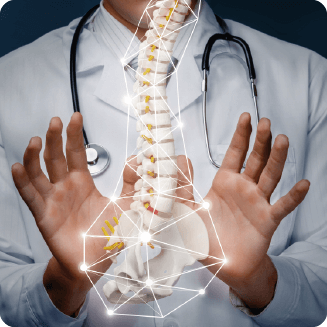
Doctor of Chiropractic
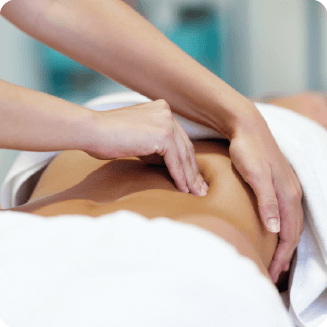
Doctor of Osteopathy
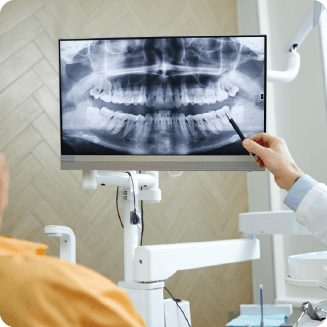
Doctor of Dentistry
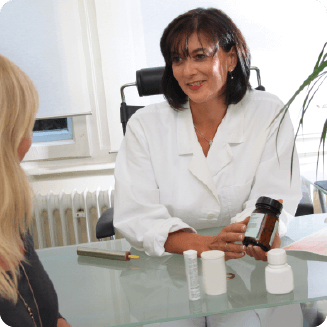
Doctor of Naturopathy
Only healthcare professionals licensed to diagnose, and students in those programs, can study to become Professional Applied Kinesiology practitioners. Healthcare professionals must
undertake a 100-hour Basic Applied Kinesiology Certification course and pass a rigorous theoretical and practical exam. All courses follow the guidelines of the International College of
Applied Kinesiology, which governs standards, education and certification globally.
The kinds of doctors and other healthcare professionals practicing Applied Kinesiology varies from one part of the world to another. For instance, in North America, it’s mostly chiropractors,
as well as naturopathic doctors and osteopaths who integrate Applied Kinesiology into their healthcare practices. While dentists and MDs can study and practice Applied Kinesiology as well,
it’s less common in North America, though in Europe it’s mostly MDs who become certified in Applied Kinesiology. More healthcare professionals in Germany integrate AK into their patient
practices than any other country.
Variations in the eligibility of other professions to study with ICAK occur across the chapters according to the professional legislation of each particular country. This variability may include such professions as physiotherapist, naturopath, acupuncturist etc.
Find an
Applied Kinesiology
practitioner
DIFFERENCE
What is the difference between Applied Kinesiology
and all other muscle testing techniques?
PAK - PROFESSIONAL APPLIED KINESIOLOGY
A.K. is an interdisciplinary approach to health care which draws together the core elements of the complementary therapies, creating a more unified approach to the diagnosis and treatment of functional illness. Applied Kinesiology uses functional assessment measures such as posture and gait analysis, manual muscle testing as functional neurologic evaluation, range of motion, static palpation, and motion analysis. These assessments are used in conjunction with standard methods of diagnosis, such as clinical history, physical examination findings, laboratory tests, and instrumentation to develop a clinical impression of the unique physiologic condition of each patient, including an impression of the patient’s functional physiologic status. When appropriate, this clinical impression is used as a guide to the application of conservative physiologic therapeutics.
The practice of applied kinesiology requires that it be used in conjunction with other standard diagnostic methods by professionals trained in clinical diagnosis. As such, the use of Applied
Kinesiology or its component assessment procedures is appropriate only to individuals licensed to perform those procedures.
The origin of contemporary Applied Kinesiology is traced to 1964 when Dr George G. Goodheart Jr. DC first observed that in the absence of congenital or pathologic anomaly, postural distortion is often associated with muscles that fail to meet the demands of muscle tests designed to maximally isolate specific muscles. He observed that tender nodules were frequently palpable within the origin and/or insertion of the tested muscle. Digital manipulation of these areas of apparent muscle dysfunction improved both postural balance and the outcome of manual muscle tests. Dr Goodheart and others have since observed that many conservative treatment methods improve neuromuscular function as perceived by manual muscle testing.
These treatment methods have become the fundamental Applied Kinesiology approach to therapy. Included approach are specific joint manipulation or mobilisation, various myofascial therapies, cranial techniques, meridian therapy, clinical nutrition, dietary management, and various reflex procedures. With expanding research and clinical observations there has been continued expansion and modification of the treatment procedure and protocols resulting many new methods have been developed within the discipline
As a result, many and varied forms of muscle testing or kinesiology have been formed that utilise the original premise of the manual muscle test and these include:
NET - NEURO EMOTIONAL TECHNIQUE
CK - CLINICAL KINESIOLOGY
TFH - TOUCH FOR HEALTH
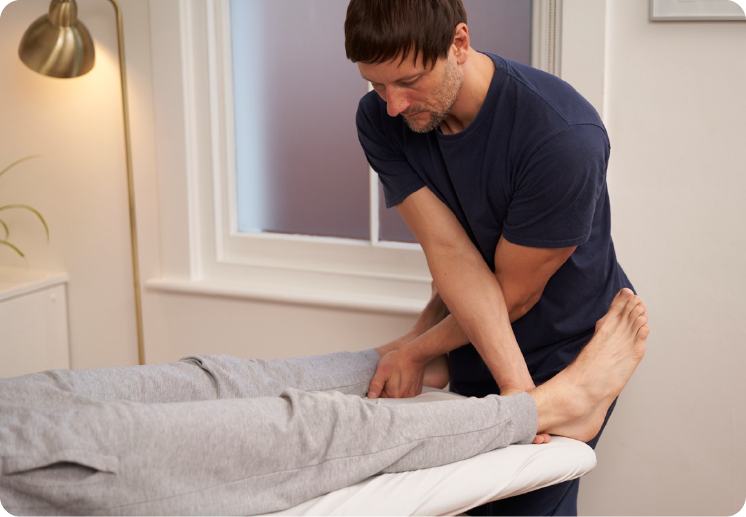
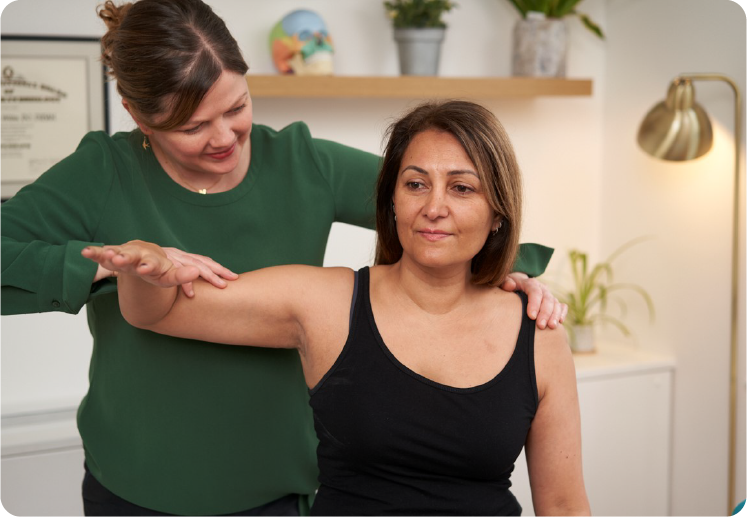
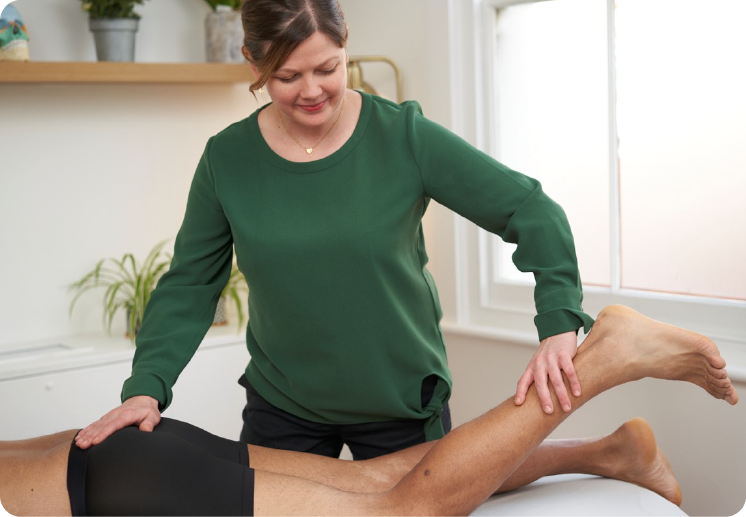
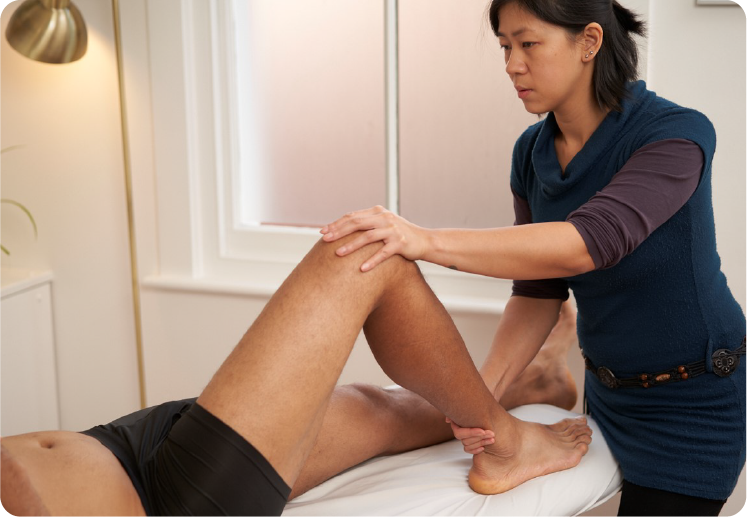
WHAT OUR MEMBERS SAY ABOUT US
Chiropractor DIBAK, DACNB
Chiropractor
Chiropractor
Chiropractor DIBAK
